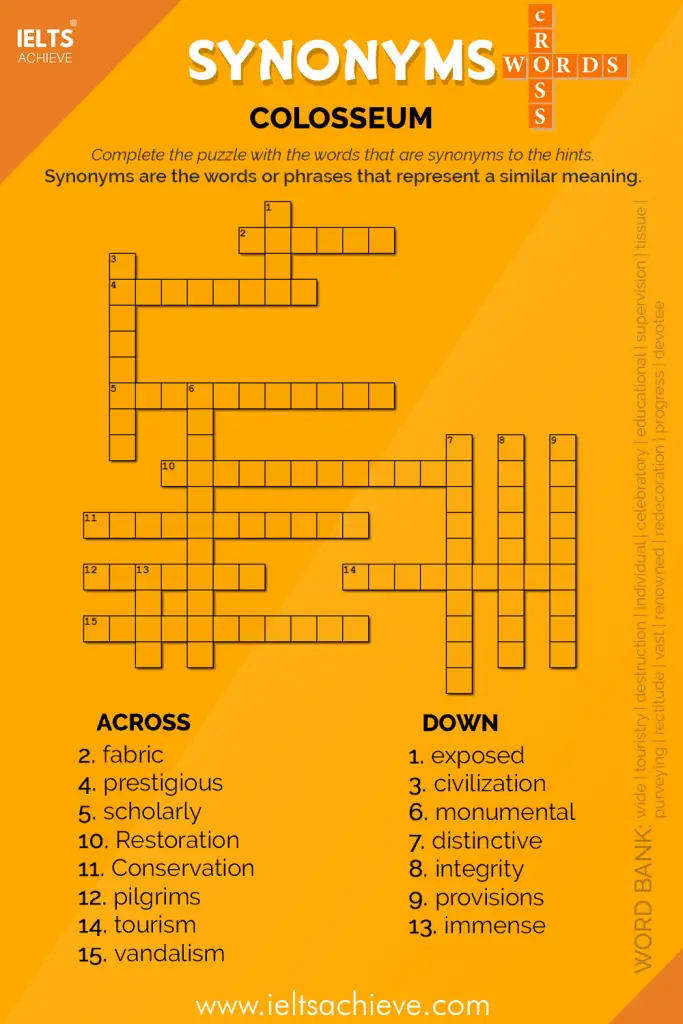Founded, according to legend, by Romulus and Remus in 753 BC, Rome was first the centre of the Roman Republic, then of the Roman Empire, and it became the capital of the Christian world in the 4th century. The World Heritage site, extended in 1990 to the walls of Urban VIII, includes some of the major monuments of antiquity such as the Forums, the Mausoleum of Augustus, the Mausoleum of Hadrian, the Pantheon, Trajan’s Column and the Column of Marcus Aurelius, as well as the religious and public buildings of papal Rome.
The World Heritage property encompasses the whole historic centre of Rome within the city walls at their widest extent in the 17th century, as well as the Basilica of St. Paul’s Outside the Walls. The property, complex and stratified, includes outstanding archaeological areas integrated in the urban fabric, which result in a highly distinguished ensemble. Founded on the banks of the Tiber river in 753 B.C., according to legend, by Romulus and Remus, Rome was first the centre of the Roman Republic, then of the Roman Empire, and in the fourth century, became the capital of the Christian world. Ancient Rome was followed, from the 4th century on, by Christian Rome. The Christian city was built on top of the ancient city, reusing spaces, buildings and materials. From the 15th century on, the Popes promoted a profound renewal of the city and its image, reflecting the spirit of the Renaissance classicism and, later, of the Baroque. From its foundation, Rome has continually been linked with the history of humanity. As the capital of an empire which dominated the Mediterranean world for many centuries, Rome became thereafter the spiritual capital of the Christian world.
The World Heritage property Historic Centre of Rome, the Properties of the Holy See in that City Enjoying Extraterritorial Rights and San Paolo Fuori le Mura, contains all the essential elements needed to express its Outstanding Universal Value. The property encompasses the whole historic centre of Rome, first inscribed on the World Heritage List in 1980 and extended in 1990 to the walls of Urban VIII, to the Holy See’s extraterritorial properties, and to the Basilica of Saint Paul’s Outside the Walls, thereby ensuring the complete representation of the values previously recognized. The property, marked by a complex stratification, includes some of the most important artistic achievements in the history of humanity, such as the archaeological areas, the Christian Basilicas, and the masterpieces of Renaissance and Baroque art. The property is exposed to a number of threats, including development and environmental pressures, decay of historic buildings, natural disasters, visitor and tourism pressure, and changes in the social and economic framework of the city centre. There are also risks of vandalism and terrorism. All these are being addressed by the site managers.
The historic city, which has constantly changed throughout the centuries, today has a multifaceted and distinctive image. From the 19th century on, a careful and thorough policy has been implemented to protect its monumental and archaeological heritage, inspiring an intense activity of restoration, based on principles and laws born of scholarly discussions which were first tested here (restoration of the Colosseum, the Arch of Titus, etc.). Conservation work in Rome has gradually passed from individual monuments to the entire historic fabric of the city, leading to provisions for the protection of urban areas, which made it possible to maintain the integrity of an immense historic district. In Rome there is the Istituto Centrale del Restauro (now Istituto Superiore per la Conservazione e il Restauro), a prestigious international study centre which played a key role in drafting the Venice Restoration Charter and which helped to define conservation methodologies and tools. The city, centre of civilization from earliest times, today remains an extremely lively hub for meetings and exchange; it has a rich cultural, social and economic life, as well as being a leading destination for pilgrims and tourists. Rome, in all its activity, considers it a priority to preserve its outstanding cultural heritage and to ensure the effective protection of its authenticity.
Passage Source: World Heritage Site UNESCO
Colosseum Antonym Trivia Across and Down Worksheet
Find the Antonym of the highlighted word from the word box. Complete the crossword puzzle. Antonyms are the words or phrases that represent the opposite meaning.

Colosseum Antonym trivia Worksheet
Find the antonym of the highlighted word from the word box. Complete the crossword puzzle. Antonyms are the words or phrases that represent the opposite meaning.

Colosseum Synonym Antonym Worksheet
Write a synonym and an antonym for each word. Use the words in the word box to fill the blanks. Antonyms are the words or phrases that represent the opposite meaning. Synonyms are words or phrases that represent a similar meaning.

Colosseum Synonym Passage Worksheet
Replace the words in the passage with appropriate synonyms. Synonyms are words or phrases that represent a similar meaning.

Colosseum Synonym Trivia Across and Down Worksheet
Find the Synonym of the highlighted word from the word box. Complete the crossword puzzle.Antonyms are the words or phrases that represent the opposite meaning.

Colosseum Synonym trivia Worksheet
Complete the puzzle with the words that are synonyms to the hints.Synonyms are the words or phrases that represent a similar meaning.

Download the IELTS Practice Worksheet with Answer. Colosseum IELTS WorkSheet


